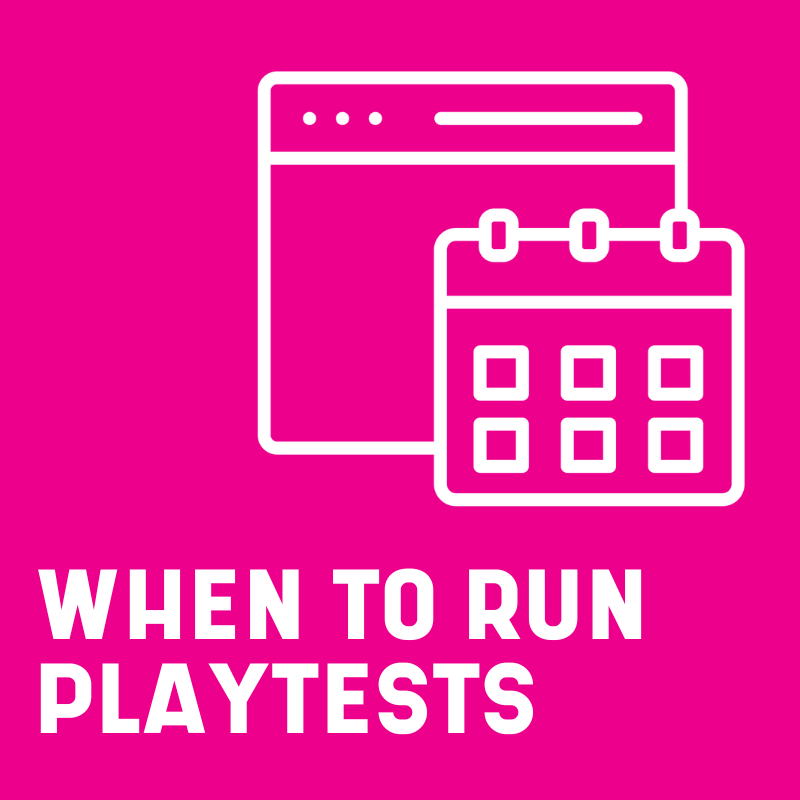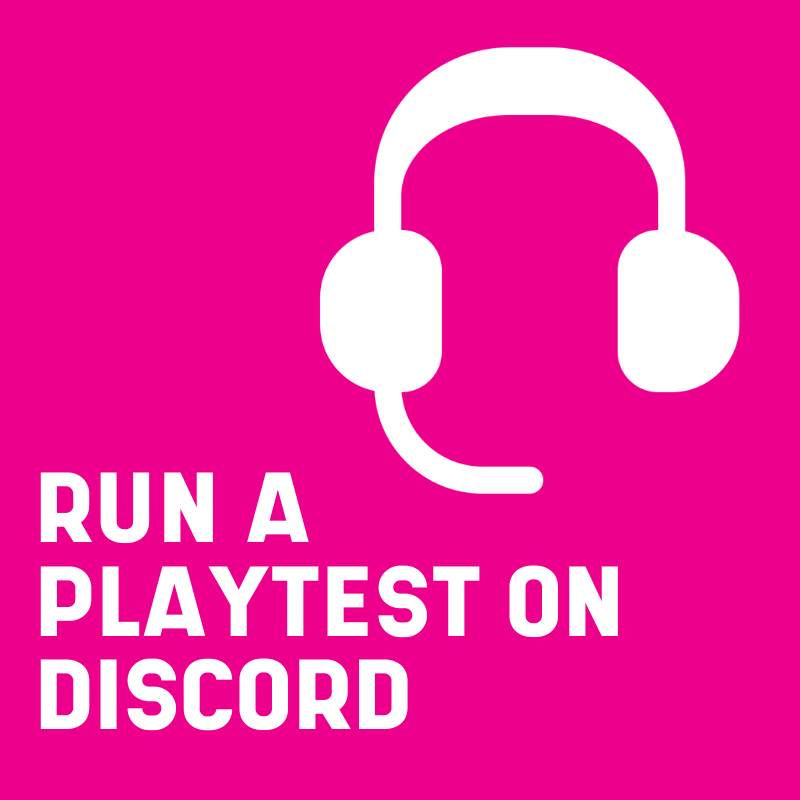Playtests take time to prepare, and can be logistically complex to set up. This means it’s essential that your technical set-up is robust, to avoid wasting all of the effort of organising the sessions.
Recording playtests is essential, as it’s not possible to pay enough attention to notice everything that happens live – especially if you are trying to moderate, set tasks and ask questions at the same time.
In this post I’ll share a reliable set-up for recording mobile games user research studies, that fits into every budget.
Recording in-person mobile studies
Our goal from an in-person test is to record what’s happening on the screen, and record the room audio. As a bonus, if we can capture ‘where are players pressing’, that will help us diagnose some of the problems we observe.
Here’s an affordable way of achieving this. It’ll require us to:
- Record what’s happening on the player’s screen
- Record where the player is touching
- Record what’s happening in the room
This setup is very affordable, and is primarily built around using Obs (open broadcaster software ) on a laptop or PC to combine video and audio inputs. If you do have a budget, moving from Obs to a hardware recording device (I’ve used the ones from Epiphan before when setting up a lab) can increase reliability.
Recording the players screen
To capture what’s happening on the mobile device will require us to mirror the mobile screen onto your laptop. What software to use depends on your mobile device.
If you’re recording an iOS device, and using a Mac this can be done with QuickTime – connecting the phone with a USB device, opening QuickTime, selecting a new movie recording and selecting the iPhone as a camera will mirror the phone to the laptop. Success!
If you’re using an Android phone, or your laptop is a PC rather than a Mac, you’ll likely have to buy some software. Airdroid Cast, or APowerMirror are both fine, and not excessively expensive.
If you’re on the same WiFi, you don’t need to plug the phone into the computer – however I’d personally recommend doing so, as a wired connection reduces the opportunity for something to break during the study (and can improve the lag from the screen recording).
After you plug your phone into a computer, the sound will come from the computer – so remember to unmute the phone, and turn on your computer speakers so the participant will get sound.
Once you’ve got your phone screen mirrored to your computer – that’s fine for now. Later on we’ll look at how to use Obs to mix the feed with other inputs and record them all together.
Recording the room audio
Next you’ll want to capture the audio from the room, to capture things the player says (and any interview questions you ask when moderating)
Video is optional – you won’t learn much by looking at their face. But it can be helpful when reviewing the video later so you can tell when the player is actually there – for example if they take a bathroom break, you can jump ahead to when they return.
For this input, a standard webcam connected to the computer is fine. I use a Logitech C920 HD P, but as your setup develops in complexity, you might want to get a dedicated microphone – I’ve used the Samsung Go before which has been reliable for room audio.
Once you’ve plugged in your webcam and microphone – you’re good. We’ll combine it with the other feeds in Obs shortly.
Recording players hands
Optional, but valuable, is capturing a video of players hands while they are playing. This can reveal where they are pressing, and help explain some of the issues that you’ll see on the direct mirror of the phone screen.
To achieve this requires another webcam, pointed at their hands. This can be done with dedicated sleds, or with creative mounting of a webcam (for example hanging the Logitech camera off a monitor pointed downwards).
If you do decide to use a dedicated sled (a camera mount dedicated to capturing hand position), I’ve used MrTappy ($350) before, but you can make your own for £5 in this guide from Harry Brignull or with stuff found around the office.
Connect this second webcam to the computer, and you’re all set up with hardware. Now to wire it all together.
Putting it all together
Our goal is to have a single video that combines all of these feeds together. Obs allows us to do that.
Adding the phone screen to the recording
On Obs, add a new source of the type ‘window capture’ and select the Airdroid as the window to capture
Then position it on the Obs viewing window somewhere central on the canvas.
Then add the room webcam
This is simpler – plug in the webcam, and add it as a source on Obs (it’ll be under ‘video capture device’.)
Stick the webcam somewhere you can see the participant’s face
(You might also need to add the audio seperately if it hasn’t been added automatically, under ‘audio input capture’)
Then add the hands cam
This is really just another webcam, so plug it in and add it as another
video input
Then hit record to make a pilot recording
Remember to check that you are recording both the device audio, and the room audio (audio inputs can be added or muted in Obs, similar to the video inputs above). Watch the recording back and make sure everything’s been captured correctly.
You can move the monitor or plug in a second monitor, so that you can see what is happening without having to loom over the participants shoulder.
And you should be good to go (remember to hit record when your session starts!).
Recording Remote Mobile Studies
There are dedicated tools you can use for remote mobile research (I’ve used lookback for years as it allows for a virtual observation room). However if you’re on a budget, meeting software is a free way of capturing and recording what happens in a playtest.
This can be achieved by creating a Google Meeting, asking the player to join from the phone, using the Meeting’s built in ‘share screen’ functionality so you can see theirphone screen, and it’s built in recording to capture the session. This will capture both the audio from the session, and what happens on the game screen.
Much more simple!
Integrate player insight throughout development
Every month, get sent the latest article on how to plan and run efficient high quality playtests to de-risk game development. And get Steve Bromley’s free course today on how to get your first 100 playtesters for teams without much budget or time.
Plus your free early-access copy of ‘Playtest Plus’ – the essential guide to the most impactful playtests to run throughout development of your game

Building a more robust lab setup
Over time you’ll want to move away from a software-based recording method to hardware devices – like the Epiphan I mentioned earlier. However this setup should be enough to start capturing high-quality videos from your playtests, suitable for analysis and making video clips.
If you need support building your own in-house research capability, I work with game teams to implement reliable and robust playtesting processes. Learn more about my work helping teams.


